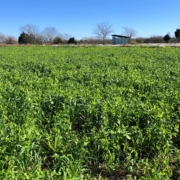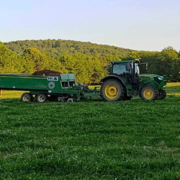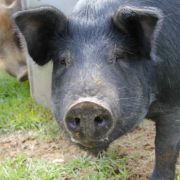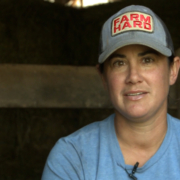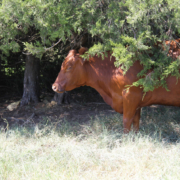Integrating Pastured Quail into a Whole-Farm System
 Print This Post
Print This Post
By Mike Lewis, Sustainable Agriculture Specialist
Diversity is a key insurance strategy on many farms, as multiple revenue streams can help keep a farm more stable in trying times. Most successful farmers I know employ this strategy and they are always on the lookout for new, higher-value enterprises to try out. The same is true on my farm in Kentucky.
Last year, a restaurant client asked if we could raise pastured quail for their menu. They currently purchase 600 quail annually but believe that locally sourced quail will double their annual demand.

Quail on pasture in a chicken tractor. Photo: Mike Lewis, NCAT
We agreed to conduct some trials: three rotations of 50 birds raised in a standard poultry tractor. This trial was designed to allow us to evaluate how the birds performed, which breed was best suited to our needs, and what labor inputs were required to scale up and meet buyer demand. Happily, the trial was a great success and production will be expanding this fall. I’m sharing a little of what we have learned so far to help others looking for new market opportunities for their operations.
Quail are a wild game bird in the pheasant family. The small fowl closely resembles a partridge and there are dozens of breeds to choose from. It is important to conduct research on local and state ordinances before selecting a breed, as there can be additional permitting and restrictions. For example, in Kentucky, you need a Captive Wildlife Permit to raise Bobwhite quail since it is a native wild species. We decided to raise the Coturnix breed, a larger, fast-growing Asian breed that is readily available from local hatcheries. Quail live about four years, with the average adult weighing roughly 10 ounces. They typically reach a harvestable size in eight to 10 weeks.
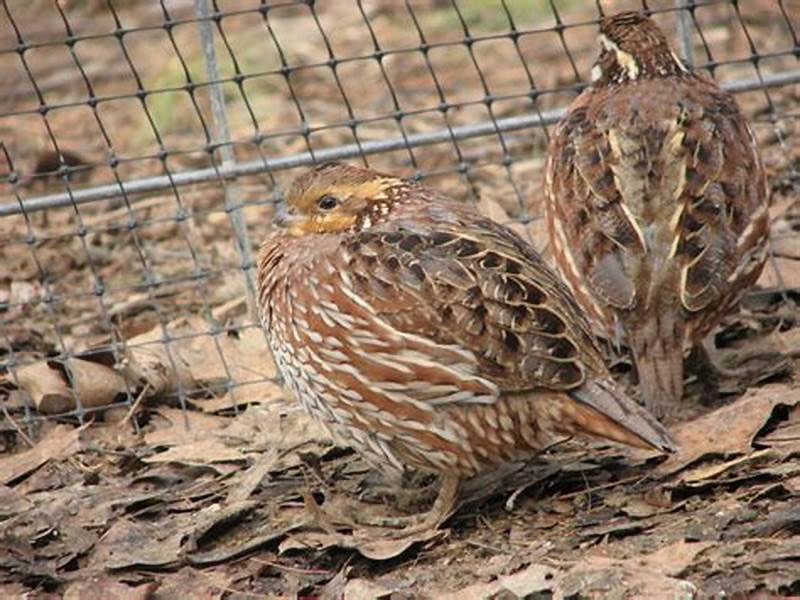
Quail on pasture. Photo: Mike Lewis, NCAT
An important primary decision is what type of housing will be used. Quail are wild, flighty birds that will fly straight up when frightened. The pen must either be tall and flexible or no more than two feet off the ground to prevent them from breaking their necks during upward launches. After raising our test batch in 2-foot chicken tractors, we decided to employ a rotational run system that allows the birds some space for flight and more space during the day. To accomplish this, we will modify two 12-foot-high by 100-foot-long high tunnels for the flight pens. We plan to integrate the quail into our garden rotations, so the small tunnels are a better choice for us, as two people can easily swap poultry netting for plastic as the crops and seasons change. This will allow us around six square feet per quail and provides us room for rotations within our existing farm system. To meet the quota, we will raise four batches of 350 birds per year, two in the fall, and two in the spring. The birds will spend three to four weeks in a brooder and the balance on pasture.
Processing is another big challenge. As we are selling into a restaurant market, the product needs to be USDA certified when it is processed. This was a challenge before COVID-19 and has certainly been amplified during the pandemic. The distance to our nearest USDA certified poultry processor and the cost of processing would negate most of our profits, so we needed another solution. Fortunately, a colleague runs the Laurel County African American Heritage Center, which operates a commercial kitchen just a few miles away. This kitchen has a docking station for the Kentucky State University Mobile Processing Unit, allowing us to process the birds closer to home for about half the cost and hopefully make this a successful addition to our whole-farm enterprise.
Resources:
No Livestock? Innovative Ways to Incorporate Them into Your Cropping System
Intermediated Markets Case Studies
This blog is produced by the National Center for Appropriate Technology through the ATTRA Sustainable Agriculture program, under a cooperative agreement with USDA Rural Development. ATTRA.NCAT.ORG.


